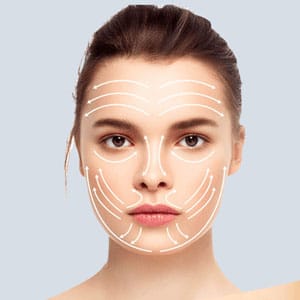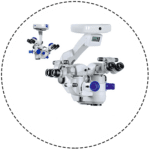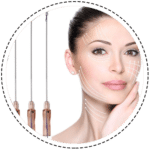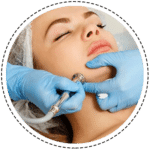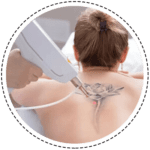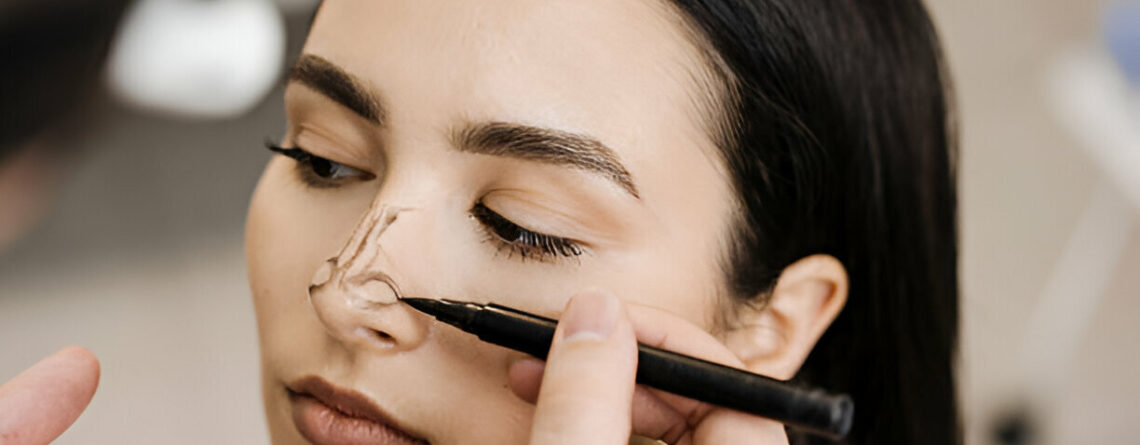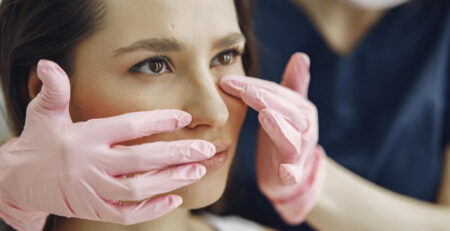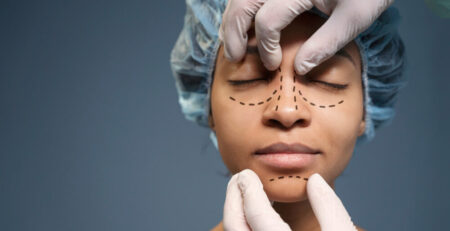Septoplasty vs. Rhinoplasty: Understanding the Differences and Benefits
Dr. Abizer Kapadia2024-06-25T10:38:35+00:00When thinking about the nasal surgical procedures, it’s essential to apprehend the deviations between septoplasty and rhinoplasty. Both methods aim to enhance nasal function and aesthetics; however, they serve extraordinary purposes and feature different consequences. While septoplasty focuses mainly on correcting structural troubles inside the nasal passages, rhinoplasty is frequently pursued for beauty motives, addressing the outside appearance of the nose.
Understanding those variations can help you determine which approach aligns with your goals. This comprehensive guide will help people of Dubai, UAE, make informed decisions about which surgery is assumed to be suitable for them. Whether you are experiencing breathing problems or are in search of enhancing your facial features, deciding on an appropriate process can significantly affect your lifestyle.
What is septoplasty?
Septoplasty is a surgical treatment designed to correct a deviated septum—that’s the cartilage and bone that divide the nasal cavity. A deviated septum can cause breathing problems, loud snoring, and routine sinus infections. During a septoplasty, the surgeon straightens the septum, improving airflow and normal nasal features. This method is typically done under anaesthesia, making sure the affected person stays comfortable during the course of the surgery.
Recovery from septoplasty is generally fast, with most patients resuming normal activities within a week. Post-operative care involves dealing with swelling and warding off strenuous sports to ensure the right healing. Many patients notice a substantial improvement in their respiration and a reduction in sinus-related issues following the surgery.
Benefits of Septoplasty:
Improved respiratory:
Enhanced airflow through the nasal passages.
Reduced effort needed for respiratory, particularly throughout physical activities.
Better sleep: high-quality sleep due to unobstructed airways.
Reduced nasal congestion:
Lower frequency of nasal blockages and stuffiness.
It is easier to breathe through the nose, reducing the need for mouth respiration.
Decreased reliance on nasal sprays and decongestants.
Decreased snoring:
Minimised vibration of nasal tissues at some stage in sleep.
Reduced chance of sleep apnea and associated complications.
Improved sleep is achieved for both the patient and their companion.
Fewer sinus infections:
Improved drainage of the sinus cavities, decreasing contamination hazards.
There is less irritation and infection inside the nasal passages.
Enhanced high-quality lifestyles:
Increased strength tiers due to higher oxygen consumption.
Improved potential to interact in bodily and social sports.
Overall superior experience of well-being and comfort.
What is rhinoplasty?
Rhinoplasty, usually known as a nostril activity, is a cosmetic surgical treatment that reshapes the nostril to enhance facial symmetry. While it may also cope with useful problems like respiration issues, its number one recognition is the elegant development of the nostril’s look.
Rhinoplasty can regulate the nose’s length, shape, and proportions. This method is highly customisable, permitting surgeons to tailor modifications to suit the patient’s facial shape and personal wishes. Patients undergo rhinoplasty to correct problems including a hump on the nasal bridge, a drooping or bulbous tip, or asymmetry. The surgery can also refine the nose size and width to create a balanced look. Many individuals enjoy a sizable boost in self-confidence and delight in their looks because of rhinoplasty.
Benefits of Rhinoplasty:
Enhanced facial symmetry:
Adjusts the nostril to supplement other facial features.
Corrects imbalances that could draw undesirable attention to the nose.
Creates an aesthetically pleasing look.
Improved nasal function (if blended with septoplasty):
Addresses structural issues that obstruct respiration, which include a deviated septum.
Enhances airflow, reducing symptoms like snoring and nasal congestion.
Combines aesthetic improvements with useful advantages in a single technique.
Boosted self-self-assurance:
It helps individuals experience greater snugness and assurance of their look.
Corrects defects, which can have an effect on both look and characteristics,
Key Differences Between Septoplasty and Rhinoplasty
Purpose:
Septoplasty specialises in improving nasal airflow and correcting structural problems.
Rhinoplasty is mainly for enhancing the beauty of the nose.
Procedure:
Septoplasty entails repositioning the septum and may encompass getting rid of elements of it.
Rhinoplasty can involve bone and cartilage reshaping, grafting, and, now and again, more massive surgical techniques.
Recovery Time:
Septoplasty normally has a shorter recovery time, with most patients returning to everyday activities within a week.
Rhinoplasty can take longer to recover from, with swelling and bruising lasting several weeks.
Risks and Complications:
Both methods bring risks consisting of bleeding, contamination, and anaesthesia complications.
Choosing the Right Surgeon in Dubai
Selecting a skilled and experienced healthcare professional is essential for reaching the desired outcome, whether you opt for septoplasty or rhinoplasty. In Dubai, where there may be a high prevalence of hospitals and clinics , it’s important to choose a doctor who:
has tremendous experience in nasal surgeries.
is board-licensed and has a robust portfolio of successful surgeries.
communicates rightly about the risks, benefits, and expectations
Provides customised care tailored to your specific desires.
Post-Operative Care and Recovery Tips
For Septoplasty:
Keep your head extended to reduce swelling.
Avoid strenuous sports for at least one week.
Use prescribed nasal sprays and medicines to save your infection.
For Rhinoplasty:
Follow your surgeon’s instructions on cleaning and caring for your nose.
Avoid wearing glasses directly on the nose for several weeks.
Be patient, as the final results can take up to a year to fully manifest.
Combining septoplasty and rhinoplasty
Many patients in Dubai opt to combine septoplasty and rhinoplasty in a single procedure, known as septorhinoplasty. This approach addresses both functional and aesthetic concerns simultaneously, offering comprehensive improvements in both nasal function and appearance.
Benefits of Combined Surgery:
Single recovery period
Cost-effective compared to separate surgeries
Comprehensive enhancement of both form and function
Conclusion
Understanding the differences between septoplasty and rhinoplasty is crucial for making an informed decision about nasal surgery. Whether you need to correct a deviated septum or wish to enhance the appearance of your nose, both procedures offer significant benefits. For residents of Dubai, finding a qualified and experienced surgeon is the first step towards achieving the desired outcome and improving your quality of life.
If you are considering septoplasty, rhinoplasty, or both, consult with me to discuss your options and tailor a surgical plan that meets your specific needs and goals. For more information or to schedule a consultation, visit my website – www.drabizerkapadia.com.
Dr. Abizer Kapadia, is a renowned specialist in rhinoplasty surgeries, offering personalised care and exceptional results to my patients in Dubai and beyond. With extensive experience and a commitment to excellence, He provides tailored solutions that enhance both function and aesthetics. His approach ensures that each patient receives the highest standard of care, from the initial consultation through recovery to help you achieve the best possible outcome for your nasal surgery needs.




